Software Integration: What Is It and How Does It Work?
When most of your processes pass through multiple software tools and generate tons of data, software integration becomes essential. But unless you’re already well-versed in these platforms, even a simple Google search can be enough to get overwhelmed. Between automations, iPaaS, iSaaS, WFM, where should you start?
With a little bit of know-how, choosing the right software integration doesn’t have to be any more complicated than any other tool. Here’s a full guide to get you started.
In this article
- What is software integration?
- Common options for software integration
- Software integration examples
- A software integration checklist
What is software integration?
Software integration takes two disparate systems and makes them work as one. This essentially builds a bridge between tools that shatters data silos. Integrated systems allow teams to get the information they need no matter which platform they work from.
Some tools have built-in options for software integration, though they’ll usually only give you a limited amount of data from another tool — and you often can’t do much with the data once it’s been sent over.
Software integration can also be known as system integration or data integration, referring to the tools being integrated or the data being pushed back and forth.
You’ll often need a third-party application to connect two other tools. Some of these applications can be set up pretty easily by providing your credentials for the tools you’re trying to connect. Others need some significant technical setup, usually done by a dedicated IT team.
So how do you find the right tool for you?
8 common options for software integration
Software and data integration is a massive market, with options including iPaaS, iSaaS, workflow management, and two-way sync. Before covering these options, let’s break down a simple way to compare them without diving into their more technical differences. It’s called the integration triangle.

The integration triangle has three points: ease, breadth, and depth. Here’s what they mean:
- Ease: How easy is this software integration to set up? Do you need coding knowledge or other technical skills? How easy is it to troubleshoot?
- Breadth: How many integrations does this platform support? Does it just integrate one type of tool or does it cover more?
- Depth: How much can the integration platform do? Can it sync just about any type of data available in a single tool or just a few fields? Does it push data in one direction or both?
Some teams need an easy integration that everyone can set up and use, while others will want something that can only be deployed by an IT department but creates a true seamlessness between tools.
To help you determine the kind of integration that suits your organization, you’ll find a breakdown some of the most popular categories below, along with their advantages and disadvantages.
Native (or built-in) software integration
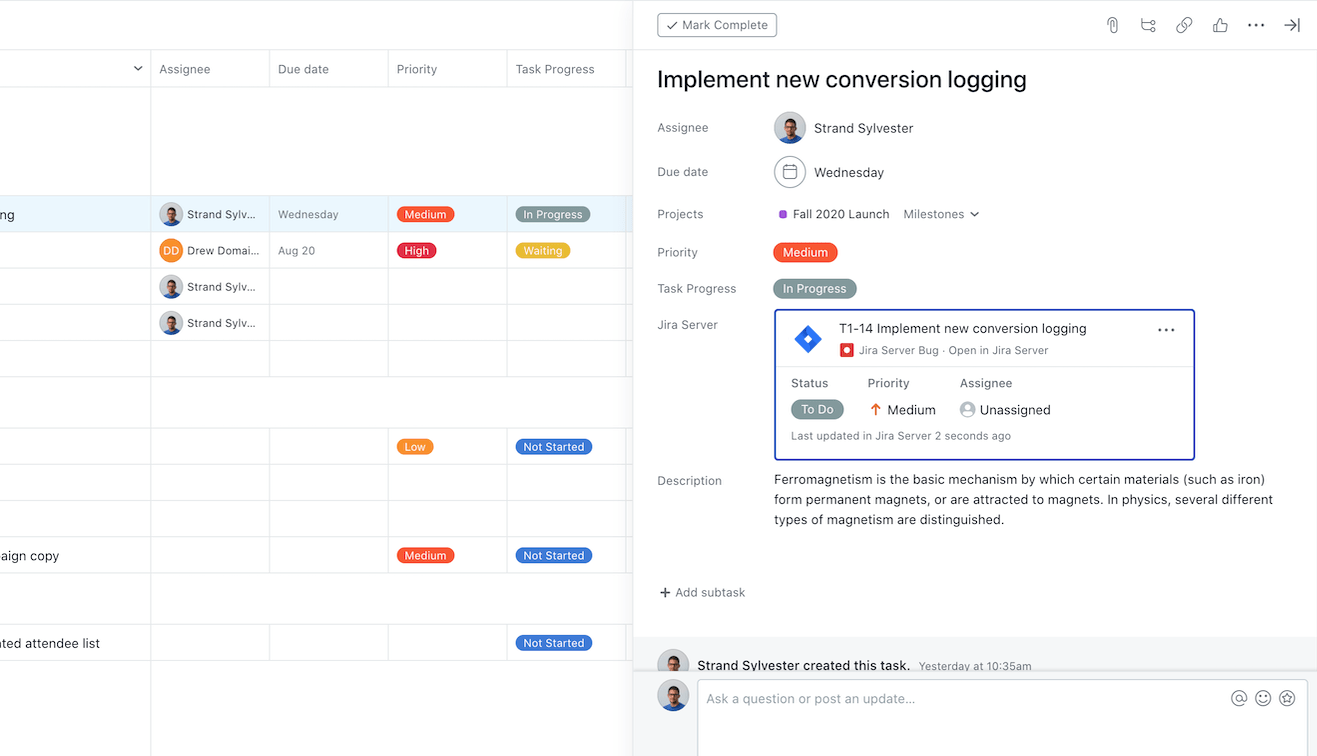
Most software tools you’re using already have built-in integrations that let you pair them with data sources that naturally complement them. There’s no consistency around how deep these integrations are since they’re all built by different teams for completely different purposes.
The only thing they all have in common? You can use them from your tool without too much setup time. Sometimes it’s just a matter of hitting a few buttons and giving your credentials for the tool you want to integrate with. Even when there’s a bit more setup required, you’ll rarely need any technical skills. If you don’t have any data integration capability in your tool stack, this is a good place to start.
For the most part, these are limited to being able to view details in another tool (viewing a task description in Slack, for example), or completing limited actions (liking or commenting on a task from Slack).
Native integrations can help provide visibility on what’s happening in one tool from another. The problem is that often the tools are in competition, and there is little incentive for each to work with the other.
That, or the integration isn’t viewed as part of the core business, and so is neglected or unpopular. Sometimes, limited functionality can be more frustrating than not existing at all.
Advantages
- Usually available at no extra cost.
- Simple to set up.
- Covers the most relevant integrations.
Disadvantages
- Doesn’t cover as many integrations as other options.
- Limited depth compared to other integrations.
Examples
- Quickbooks automatically connects with tools like PayPal, Square, and Etsy.
- Slack Apps add tools like Asana, Google Drive, and Zoom to your Slack channels.
- Zoom has native integrations with calendar apps like Google Calendar, chat apps like Microsoft Teams, and cloud storage platforms like Google Drive.
Ease: High
Breadth: Low
Depth: Low
Automation
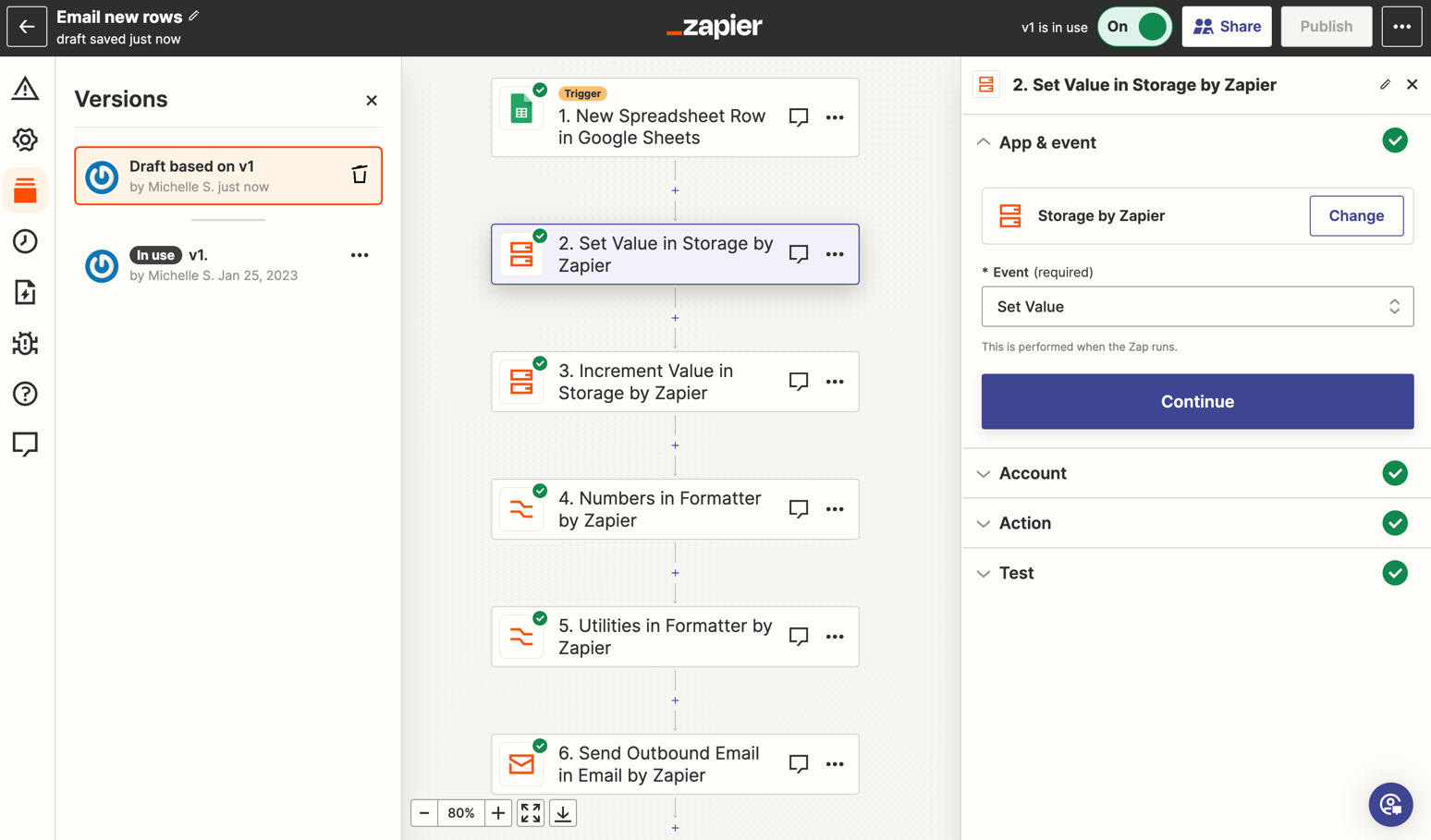
An automation platform builds simple, one-way relationships between tools that automate simple actions. Most use trigger-based logic to do this. You pick a specific trigger that kicks off the automation and the action that automation will carry out. For example, you could set up an automation that triggers when a task is created in your project management tool and sends specific data from that task to a database in another tool.
Usually, anyone can set up these simple automations without much technical skills, which makes them an attractive option.
Advantages
- Easy to set up, even without technical skills.
- Usually covers a huge range of integrations.
- Depending on the platform, can be relatively inexpensive.
Disadvantages
- Usually only supports a few fields.
- Typically only pushes data in one direction.
Examples
- Zapier is one of the most popular options, with integrations for project management tools, spreadsheets, and more.
- IFTTT supports smart home services and physical devices on top of software tools.
Ease: High
Breadth: High
Depth: Low
Two-way sync
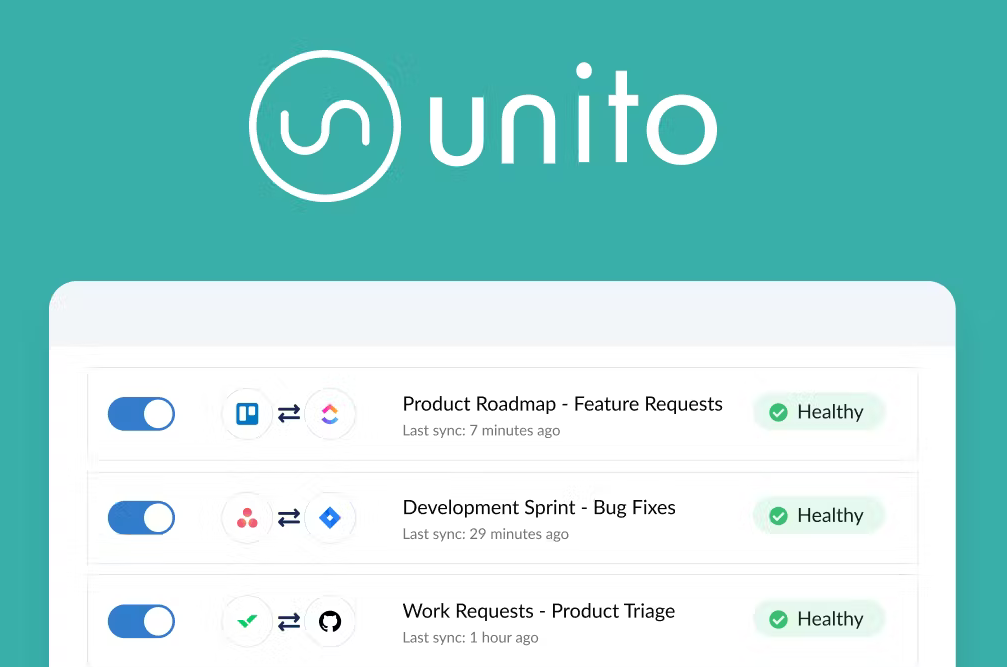
These tools create a two-way relationship between platforms to send data back and forth. That means you could pair a project management tool with a customer service platform, for example, and pull customer data from support tickets for use in your projects, with updates in both the contact and ticket being reflected in the other tool.
Automations and other software integration solutions can replicate this in a way, though this usually requires a significant amount of work and frequent troubleshooting. A two-way sync is the best way to move data between two tools and keep it up to date.
Advantages
- The easiest way to get a true two-way sync between platforms.
- Supports more fields than automation solutions and similar tools.
- Simple setup.
Disadvantages
- Doesn’t support as many integrations as other options.
- Less customizable than more technical solutions.
Examples
- Unito is a two-way sync solution for project management tools, spreadsheets, contact management tools, and more.
- Whalesync is another example of a two-way sync solution, with most of its integrations supporting databases, spreadsheets, and CRMs.
Ease: High
Breadth: Low
Depth: High
iPaaS (Integration Platform as a Service)
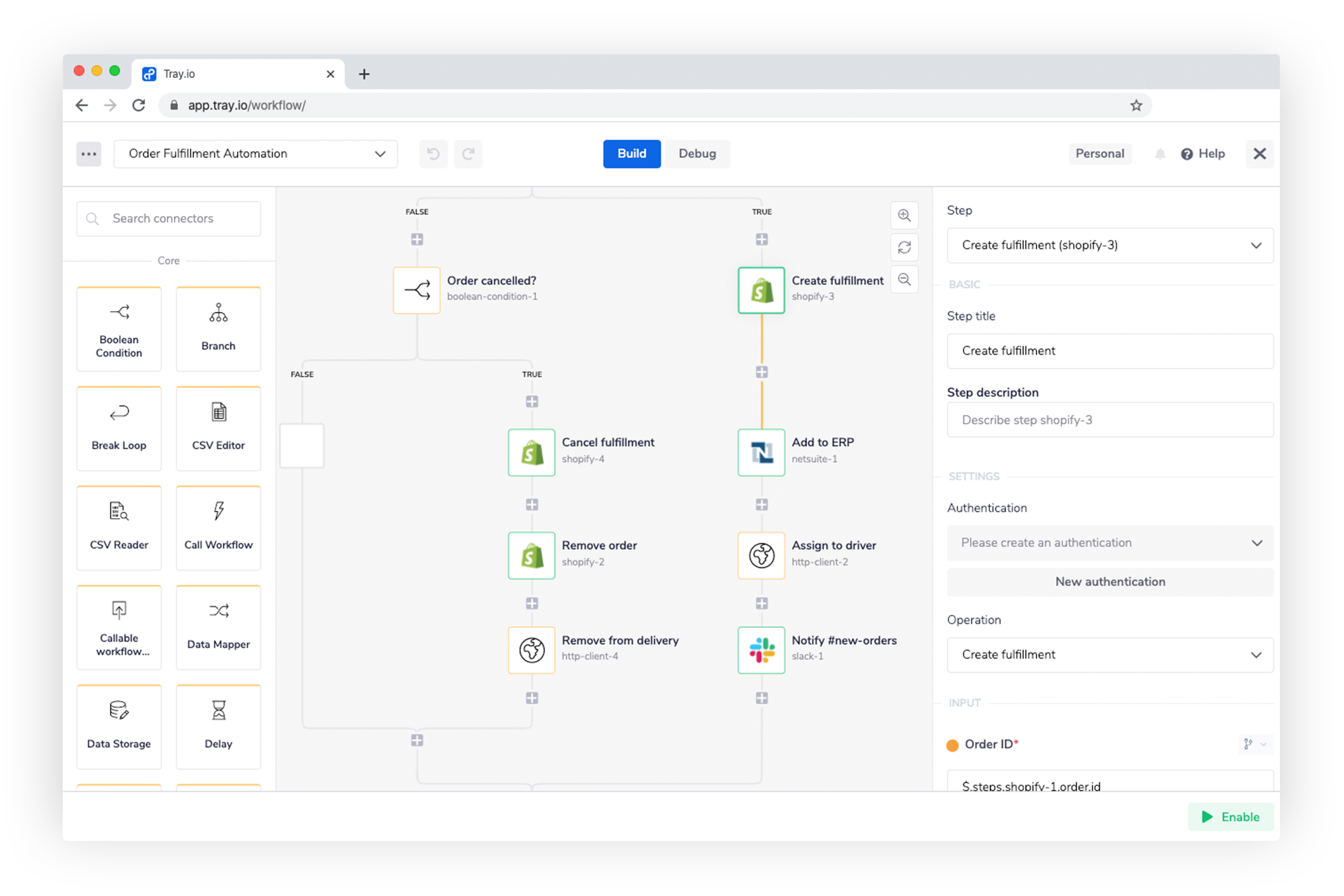
An iPaaS is a cloud-based platform designed to connect disparate software applications and data silos. In essence, iPaaS solutions can be designed for the technical user, but the best iPaaS vendors provide no-code interfaces so anyone on your team can connect data between apps and tools easily.
iPaas tools often provide integrations with legacy and enterprise software, and are focused on building complicated workflows involving multiple tools across large organizations. They are often used for complicated “process management” and are based on the common trigger-action model: if this happens, then do that.
These platforms are also flexible — they often have robust APIs — but they are technical, and expensive. They’re powerful platforms for big companies who have the resources to dedicate people to working only on integration. You typically need some level of technical ability to use these, since the onus is on you to build, deploy, and troubleshoot integrations. Many of these tools are no-code integration platforms, meaning that while the integrations you build can be complex, at least they don’t require any coding knowledge.
With the right support, an iPaaS can solve essentially all your integration needs with a single tool.
Advantages
- Fully customizable.
- Support more integrations than most other methods.
Disadvantages
- Significant technical knowledge is required.
- Troubleshooting can be a pain.
Examples
- Tray.io is an AI-ready iPaaS for email clients, project management tools, cloud storage platforms, and more.
- Workato lets you build, deploy, and scale AI-powered automations across your entire organization.
Ease: Low
Breadth: High
Depth: High
RPA (Robotic Process Automation)
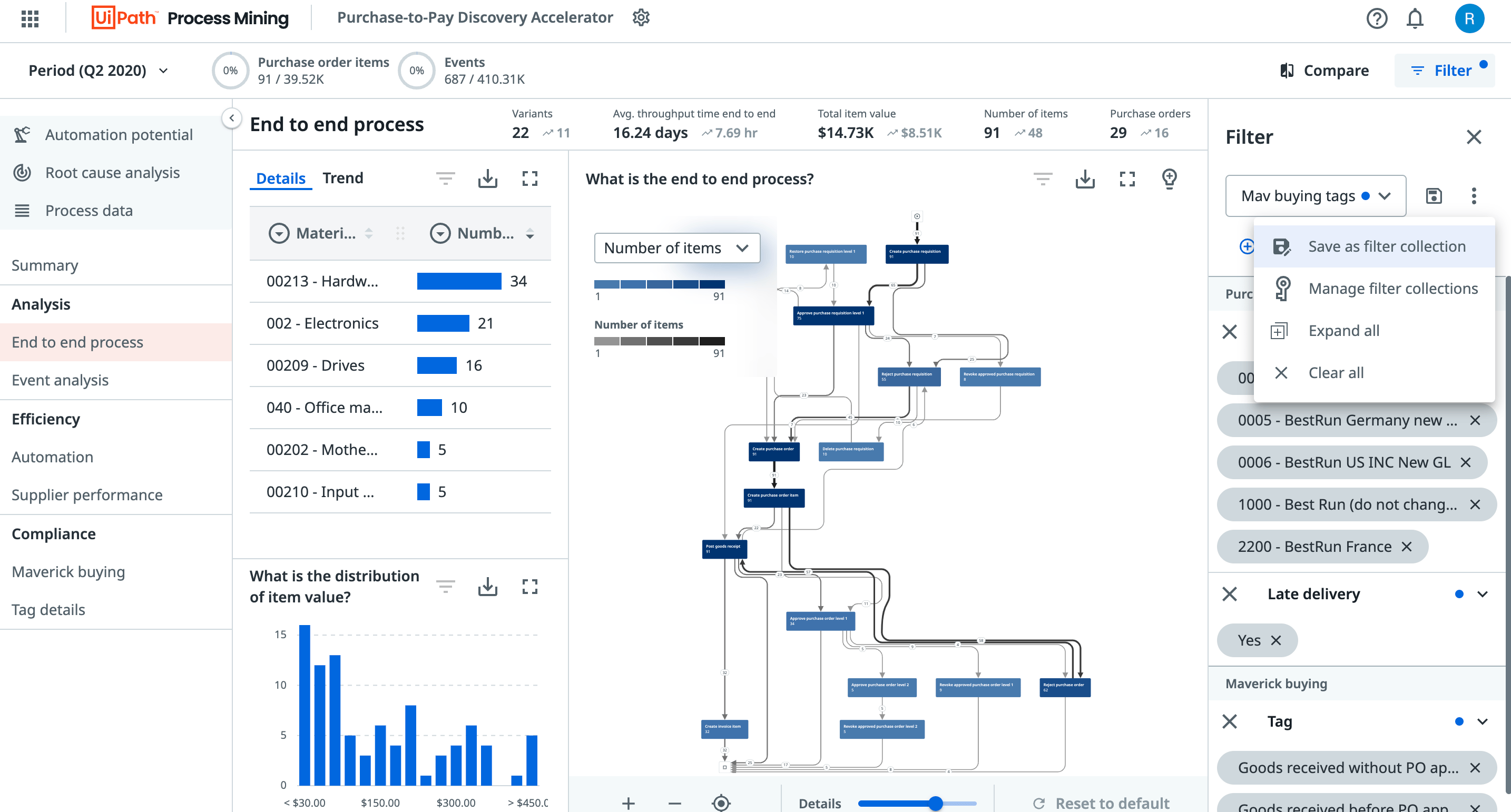
Where other software integration platforms actually build pathways for tools to communicate with each other, RPA takes a different approach. RPA lets users essentially create software bots that can copy human actions across tools, allowing even the most complex workflows to be captured and replicated.
It’s the closest thing to having people work across multiple tools without forcing all that manual work on actual people.
Advantages
- Can take complex actions across any number of tools.
- Not limited to a specific number of integrations since it’s essentially recording human actions.
Disadvantages
- Simple changes in tool interfaces or processes can break automations.
- Not as scaleable as other methods.
Examples
- UiPath combines AI and RPA to automate mundane work enterprise-wide.
- Automation Anywhere lets users automate the impossible with AI agents.
Ease: High
Breadth: High
Depth: Low
iSaaS (Integration Software as a Service)
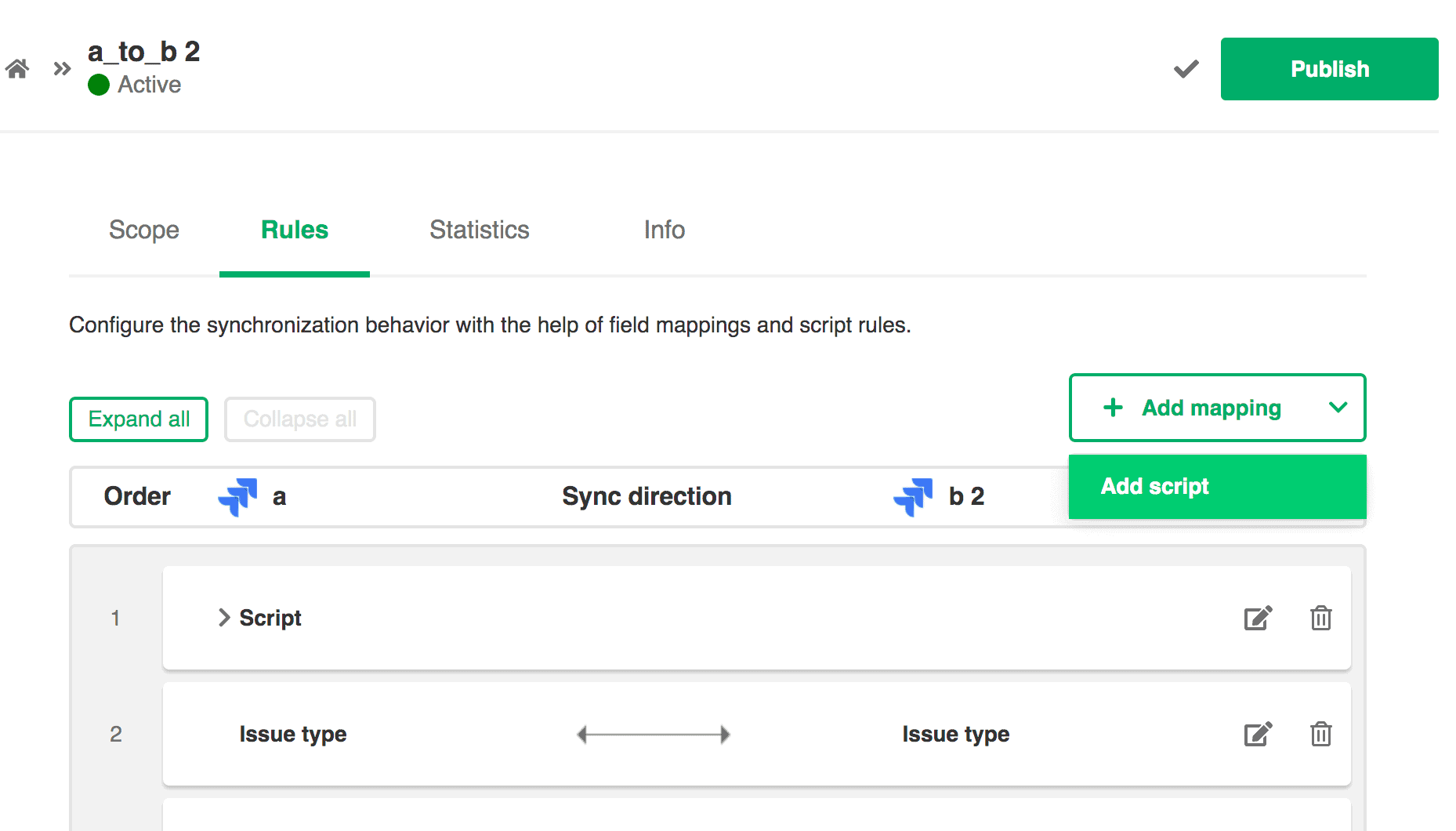
Integration-software-as-a-service, or iSaaS, is essentially iPaaS-lite. The software is similar: it deals with a wide variety of tools and use cases, and is based on the trigger-action model of building automations.
Speaking of automations, you’ll see the term used a lot more in reference to iSaaS tools. They are all about automating actions, as long as the processes or workflows aren’t too complicated.
These solutions are simpler to use, but less powerful. They typically aren’t as focused on enterprise-level tools, and don’t require technical expertise.
As the business world moves toward simpler, cloud-based tools, iSaaS providers will become even more popular.
Advantages
- Easier to use than many other integration methods.
- Often more affordable than solutions aimed at larger organizations, like iPaaS, WFM, and BPM.
Disadvantages
- Doesn’t always offer the same depth of integration as other platforms.
- Doesn’t have as many integration options.
Examples
- Exalate is an iSaaS with integrations for Jira, ServiceNow, Azure DevOps, and more.
- Front is another iSaaS option with a focus on customer support tools.
Ease: High
Breadth: Low
Depth: High
WFM (Workflow Management)
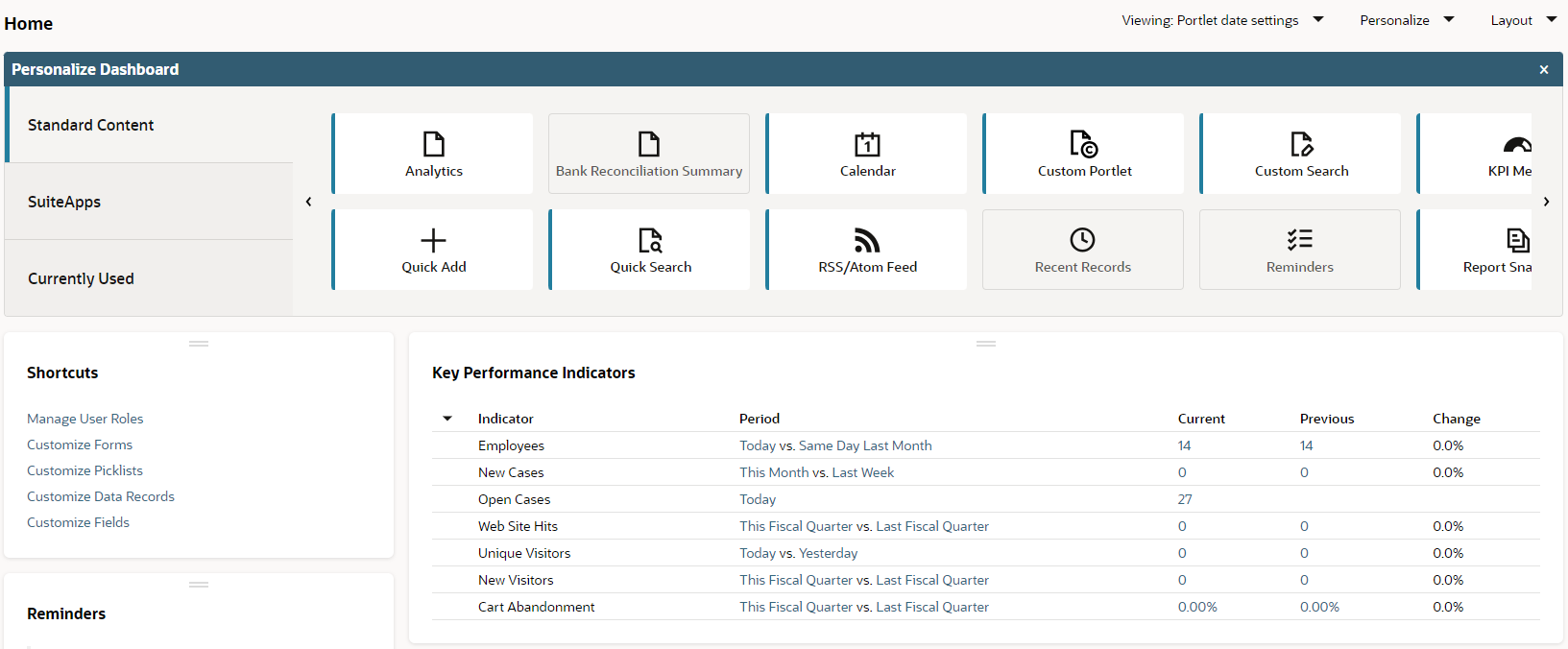
A workflow is a sequence of tasks — either performed by humans or software — performed repeatedly to accomplish a specific goal. A workflow management platform allows you to automate essentially this entire sequence. Where other integration platforms might focus exclusively on shipping data back and forth or automating specific tasks, workflow management platforms streamline the workflow as a whole.
A true workflow management solution allows you to build, manage, track, and optimize cross-tool workflows with ease.
The solutions in this category provide deep, two-way integrations that do not require technical expertise to set up.
They tend to be somewhere between iPaaS and iSaaS solutions — easier to use than iPaaS, but much deeper than iSaaS.
They provide deeper functionality than native integrations, yet allow users to choose the tools they want to use without being locked into a particular ecosystem or suite.
These tools will continue to rise in popularity as the need for integration becomes increasingly important among modern work management tools.
Advantages
- Can quickly automate sequences of tasks that would take much more work with other solutions.
- More scaleable than other platforms.
Disadvantages
- Not suited to all use cases.
- Can be overkill for some teams.
Examples
- IBM’s Engineery Workflow Management tool.
- Oracle from Netsuite.
Ease: Low
Breadth: High
Depth: High
BPM (Business Process Management)
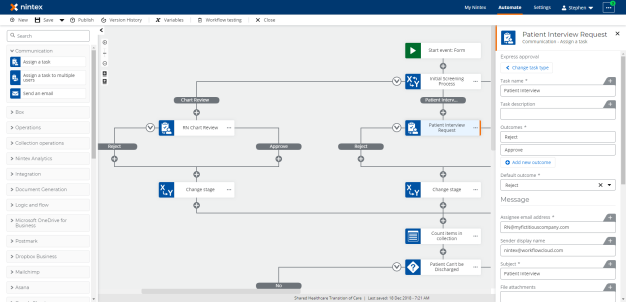
Where workflow management tools automate sequences of tasks, BPM handles the larger, more unwieldy processes that keep your organization running. If tasks make up workflows, workflows make up business processes. Consequently, BPM tools are usually massive suites of software, deployed by technically adept professionals — often with the support of a team at the company providing the tool.
They’re powerful tools with deep, complex functionality, and you’ll need the budget to match.
Advantages
- Unparalleled depth of integration.
- Support for more tools than other methods.
Disadvantages
- Nearly impossible to deploy without a significant level of technical skills, often needing third-party support to do so.
- Priced for enterprise-sized businesses, meaning this isn’t an option for most organizations.
Examples
- Decisions, a rules-based intelligent process automation platform.
- Nintex, which allows teams to identify, analyze, and automate their business processes.
Ease: Low
Breadth: High
Depth: High
Single-suite integration
Single suite options are focused on building (or acquiring) tools to encompass the entirety of a worker’s needs. Microsoft is the best current example of this strategy, offering tools that span a wide breadth of modern workers’ needs.
There are often many benefits to working with a single tool provider. Integrations tend to be more robust, learning in one tool helps in others, and security concerns can be focused on a single provider.
Others besides Microsoft continue to pursue the strategy, and it is often a natural step when a product reaches maturity.
HubSpot, Atlassian, Salesforce, Zoho, and Zendesk are all other examples of companies moving in this direction.
There are a couple difficulties in the single suite model, however:
- Teams and departments within organizations rarely overhaul or introduce new tools at the same time, making it difficult to fully adopt a single ecosystem.
- A single provider rarely provides what is considered the best-in-class solution for a particular area. Adopting all the products from one provider means compromising in several areas, something teams and departments aren’t willing to do.
Industries go through cycles of consolidation, innovation, and breaking apart, and the integration space is no different.
Advantages
- Lowest bar to entry of any integration solution.
- Usually low cost, or even included in other licenses.
Disadvantages
- Dependent on using a single ecosystem.
- Teams can’t always use best-in-class software
Examples
- Microsoft 365, and its broader environment, allows teams to handle most tasks with tools that integrate natively with each other.
- HubSpot allows teams to centralize their marketing efforts, customer success processes, and sales deals in a single, integrated platform.
Ease: High
Breadth: Low
Depth: High
5 software and system integration examples
You know the tools at your disposal, now let’s cover a few common integration scenarios.
- Collaborating across project management tools: Some projects require input from multiple teams, like marketing, customer support, and sales, but these teams rarely use the same tools. With integrated systems, you can streamline these projects and hit all your milestones.
- Syncing contacts between databases: Customers, prospects, partners, and even employees are represented by contacts in CRM tools like Salesforce or platforms like Google Contacts and Outlook. But actual contact information might be scattered across multiple tools, leaving salespeople and customer support chasing phone numbers and email addresses. Data integration can centralize all that information.
- Reconciling financial accounts: Reconciliation matches transactions in accounting software with secondary evidence. Small businesses with only a few sales a day can manage this manually, but multinationals need software integration to centralize data and automate as much of this process as possible.
- Kicking off workflows from your chat app: Many tasks and projects start as a conversation in Slack or Teams, but kicking them off involves manually copying information over and manually creating tasks in your project management tool. With software integration, you can go from just talking about a project to kicking it off faster.
- Populating marketing tools with data: Marketers rely on data to gauge how well their campaigns are doing and plan their next initiative. However, that data is scattered across various reporting tools, spreadsheets, or databases. Integrating these separate systems is essential to getting it all in one place.
The software integration process
Convinced you need software integration but not sure how to deploy it at your organization? Here’s a simple checklist you can follow. You’ll find a deeper explanation of each step below.
☐ Assess software integration needs
☐ Evaluate integration options
☐ Compare integration tools
☐ Check compatibility
☐ Determine level of technical support needed
☐ Run a pilot project
☐ Review pilot results
☐ Deploy integration
Assess software integration needs
Don’t just run out and grab the first integration tool you find and deploy it immediately. Find out which workflows, tasks, or processes you need to integrate to get a sense of the sort of integration solution you’ll need. Then, make a list of all the tools you’ll need integrations for to make this happen. Finally, see which teams will see their work impacted by this integration.
Evaluate integration options
Before you start looking at individual software integration tools, you need to make sure you’re looking at the right options. If you’re an enterprise-sized business with hundreds of employees, you probably won’t want an automation platform. Similarly, a small business shouldn’t be looking at BPM or WFM tools. Eliminate categories that don’t make sense for your organization.
Compare integration tools
Once you’ve picked the right category of software integration platform, then you can start comparing individual tools. Should you be using Zapier or IFTTT? Unito or Exalate? To find the best tool for you, you’ll want to compare these factors:
- Price: You don’t necessarily want to go for the cheapest solution, but you’ll want to get more value for the price.
- Number of integrations: If you only have limited integration needs, you won’t want to go for a solution with more breadth.
- Ease of use: Even within a category, there can be significant variance in how easy one tool is to set up compared to another.
Not sure where to start? Check out some of our integration comparisons.
Check compatibility
Does the integration platform you’re looking at even support the tools you need to integrate? This is the bare minimum for an integration tool, but you’ll also want to see if it can integrate other tools in your stack as you start getting used to it.
Determine level of technical support needed
Some integration tools are almost impossible to deploy across your organization without specialized third-party help while others can be used by just about anyone without technical skills. While the latter might be preferable for some organizations, you might want more centralized control with integration platforms that can only be deployed by your IT department.
Run a pilot project
Before you deploy an integration organization-wide, you’ll want to test it out with a pilot project. You can pick a single team, a specific project, or a small portion of a department as your testing ground. Track the impact of your integration so you can confirm it’s the right choice.
Review pilot results
After running your pilot project, you’ll want to take the time to review its results. Did it actually save the time you were looking to save? Did any problems pop up? Gather all stakeholders you need to get a full picture of your integration’s performance before you make a decision.
If you’ve found that a particular integration doesn’t work for you as well as you thought, you’ll need to start this process over with the next option.
Deploy integration
Once an integration passes your pilot project, it’s time to deploy it. This step will look different based on what you deploy (e.g. an easy-to-use iSaaS or a BPM tool) and you might need specialized support to get it done.
Integrate the right way
With software integration, you can close the gaps between essential tools that eat up your team’s time and drown them in manual work. Picking the right platform can be tricky, but as long as you focus on getting something that fits the depth of integration you need, supports the tools you use, and is easy enough for you to deploy as needed, you can’t go wrong.


